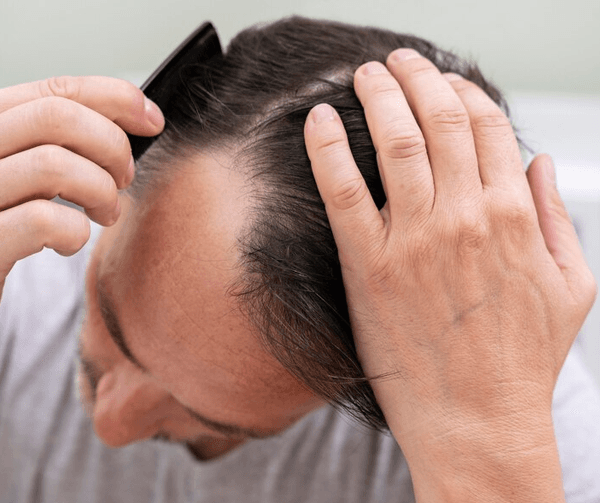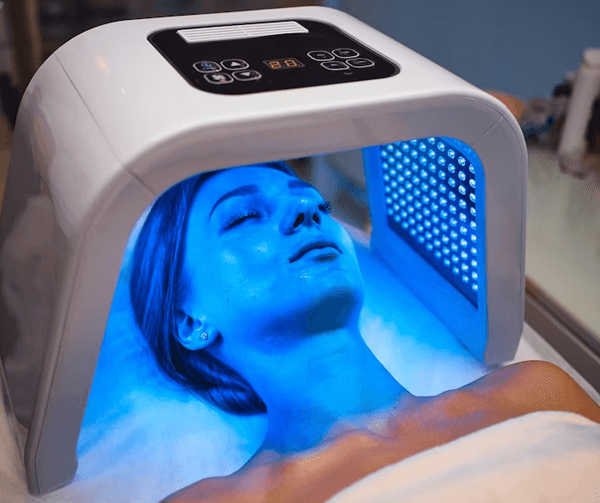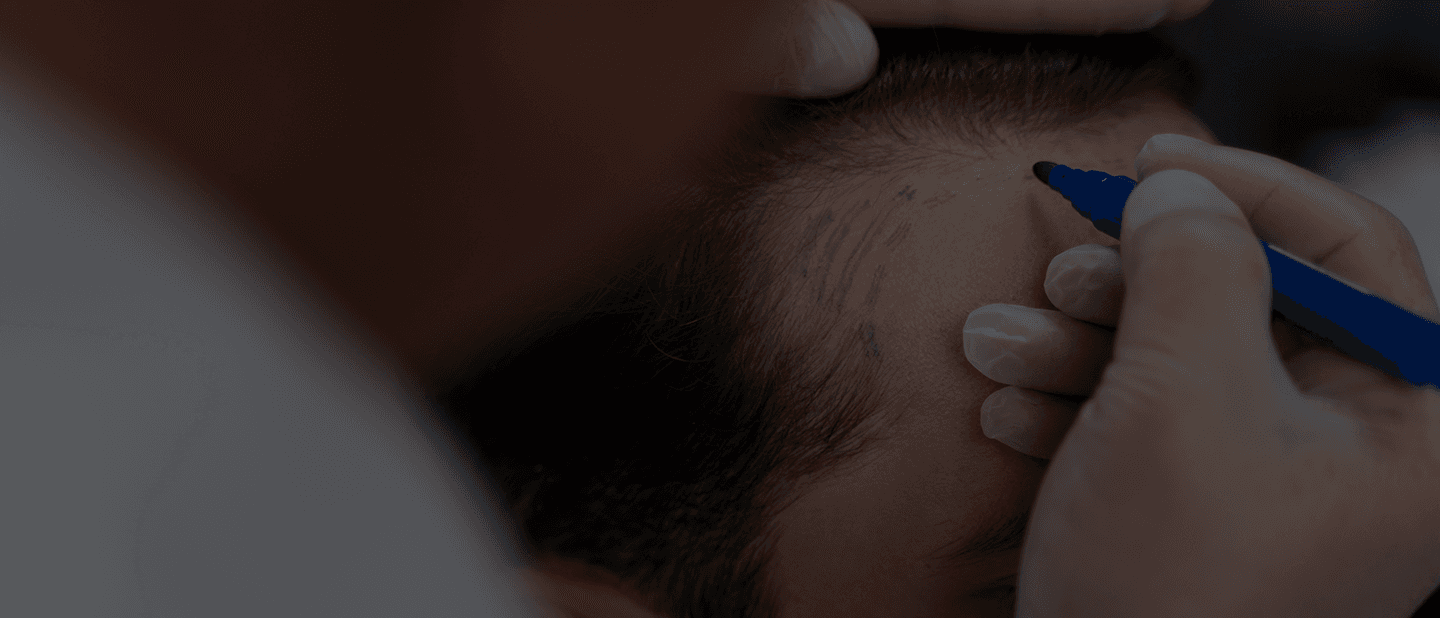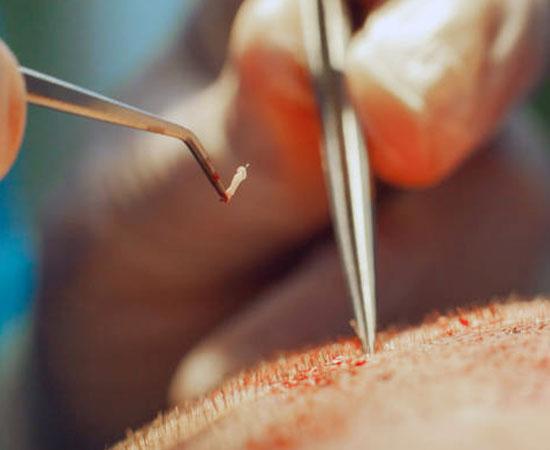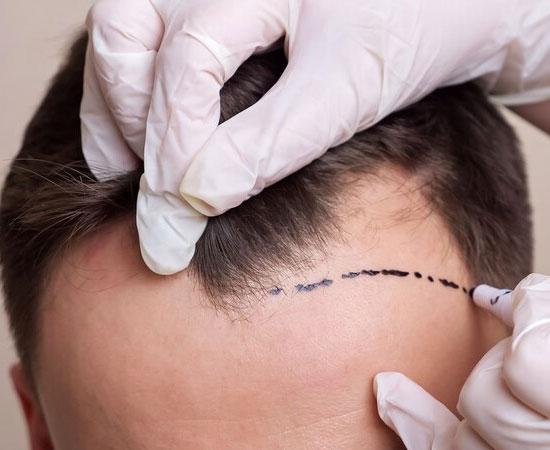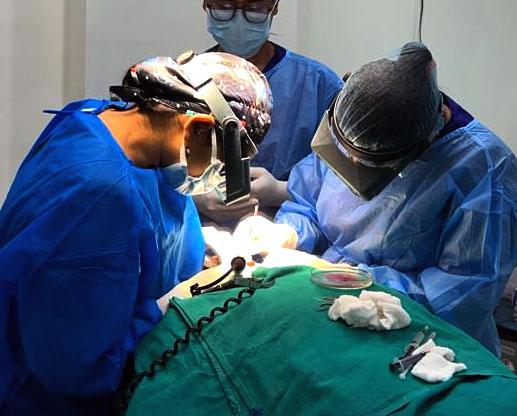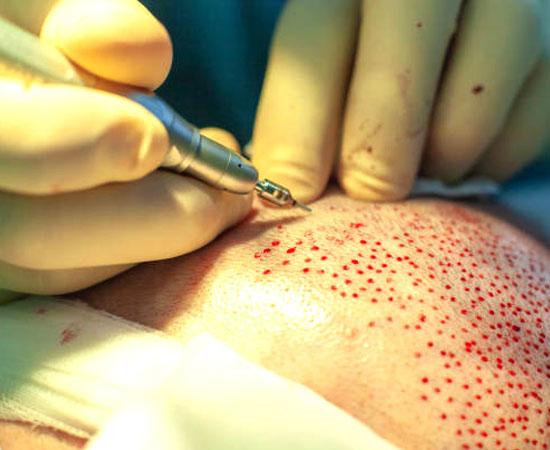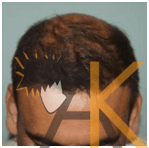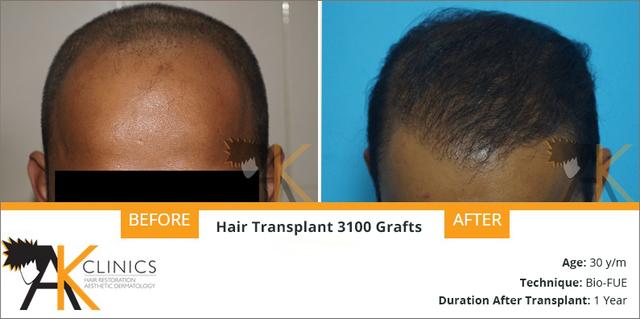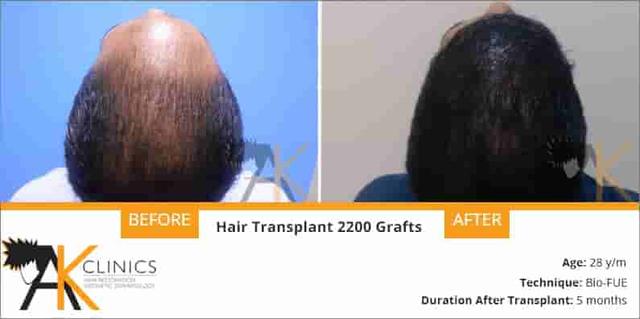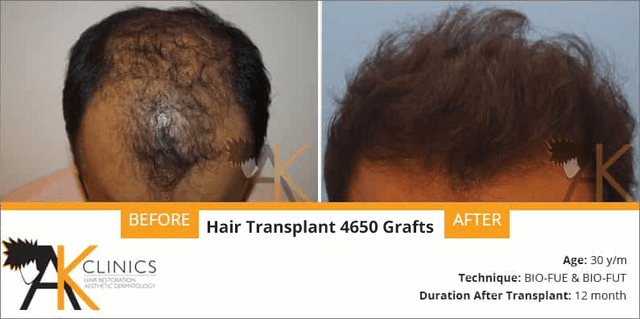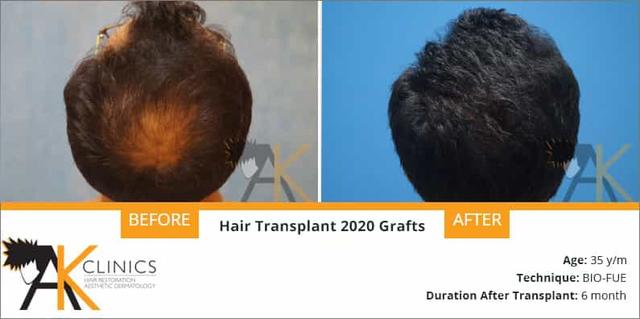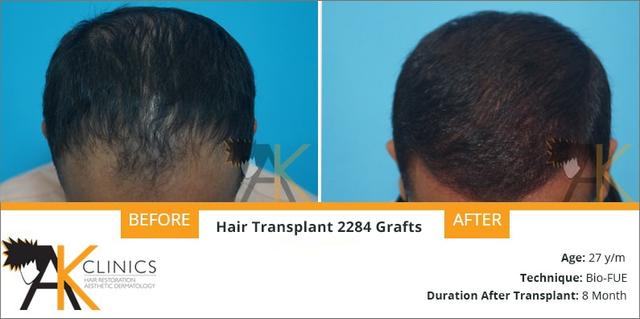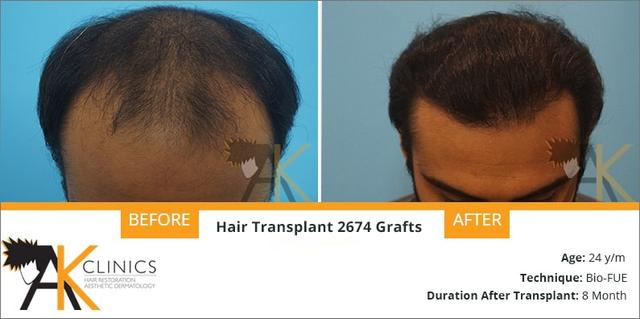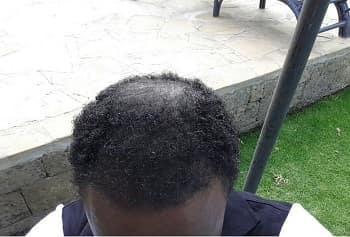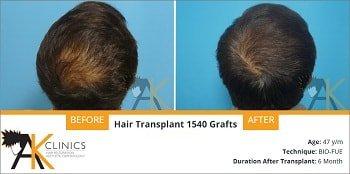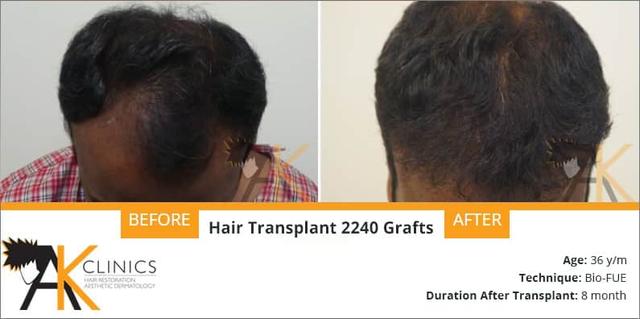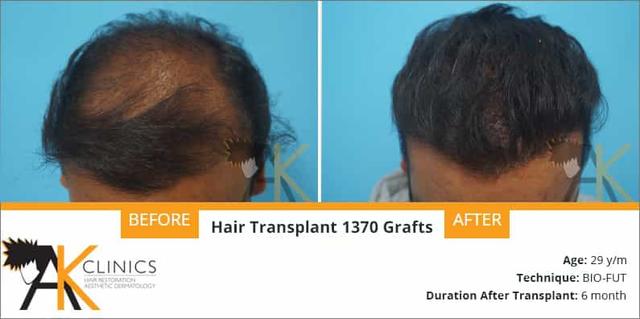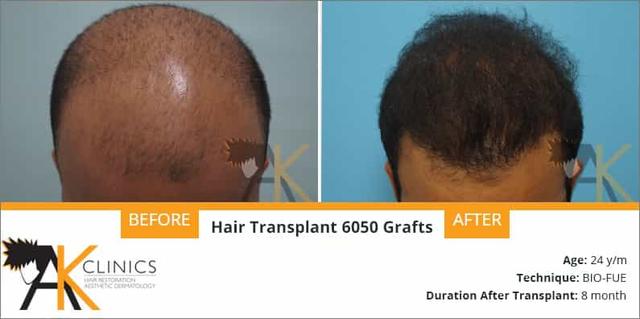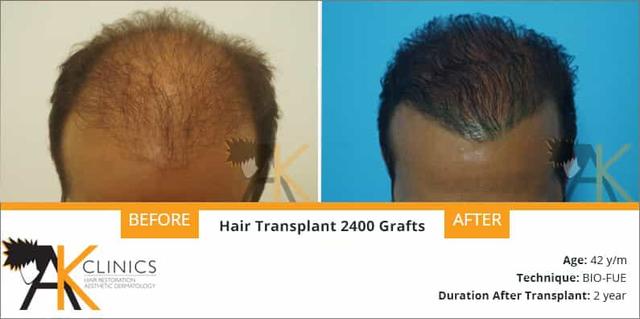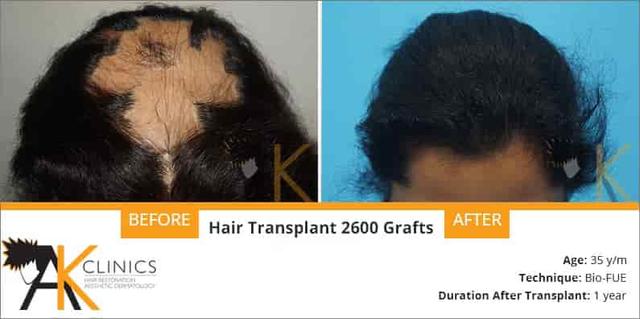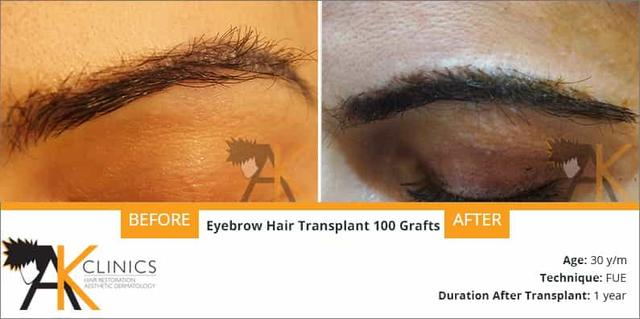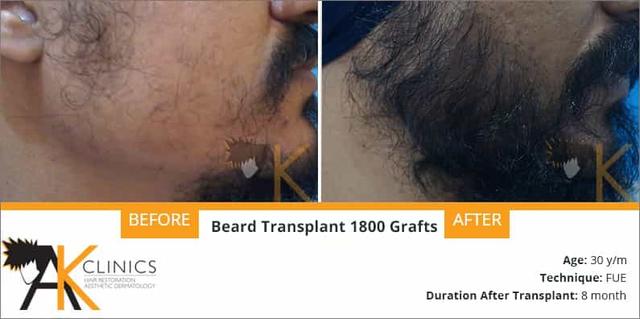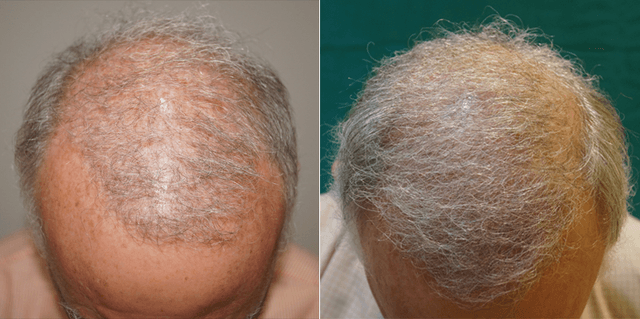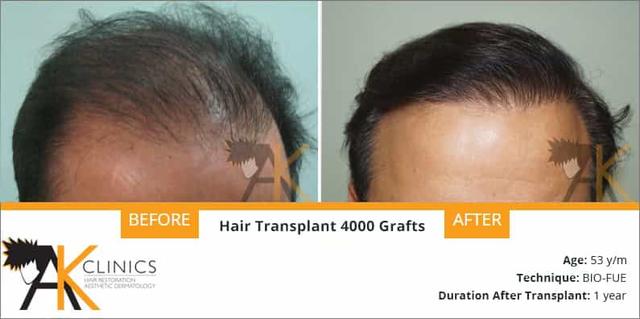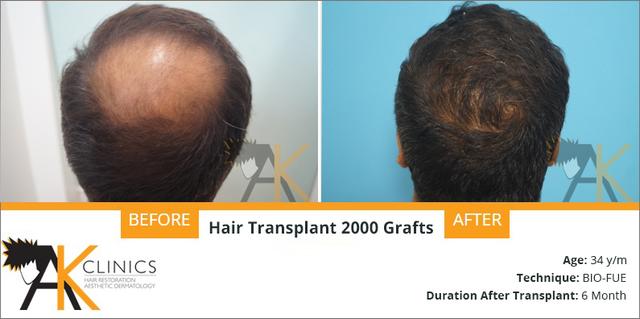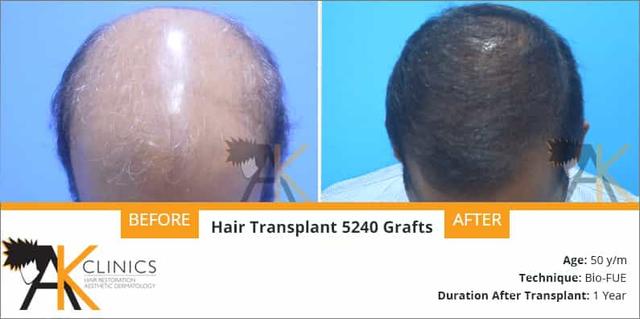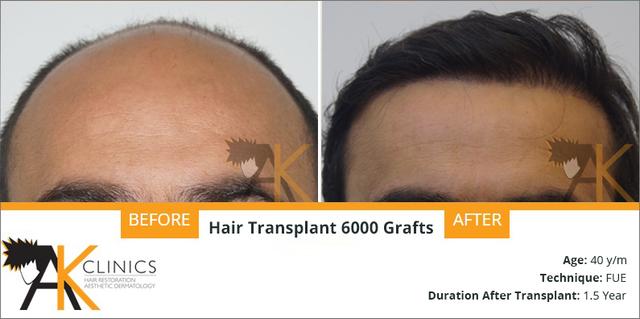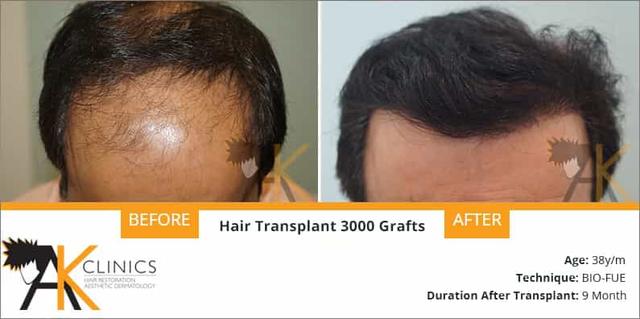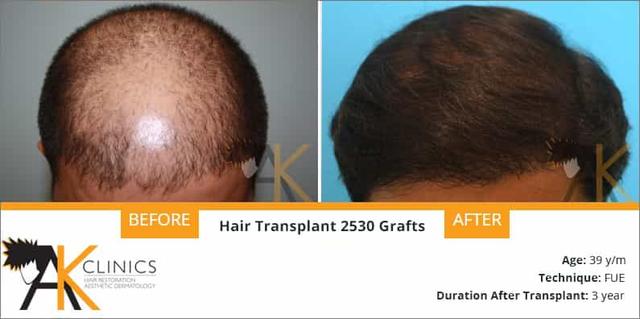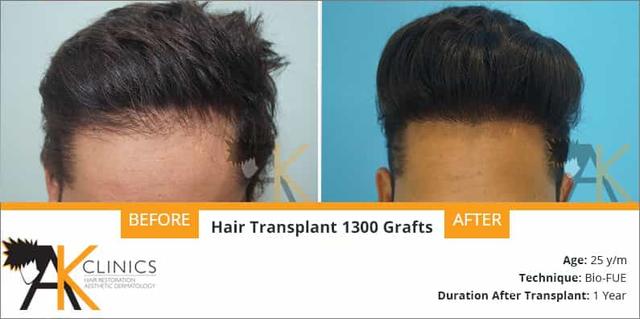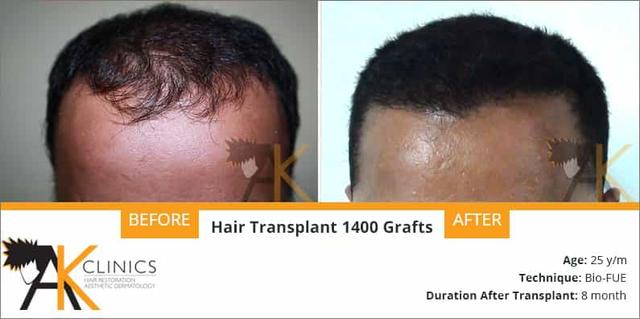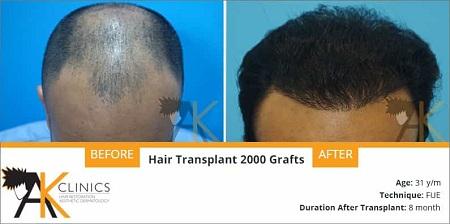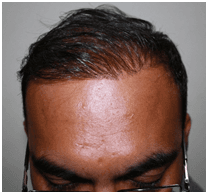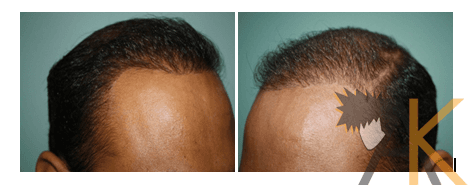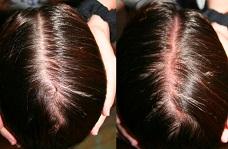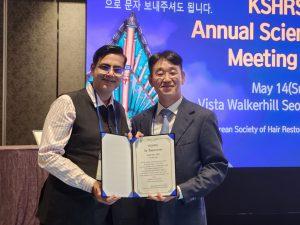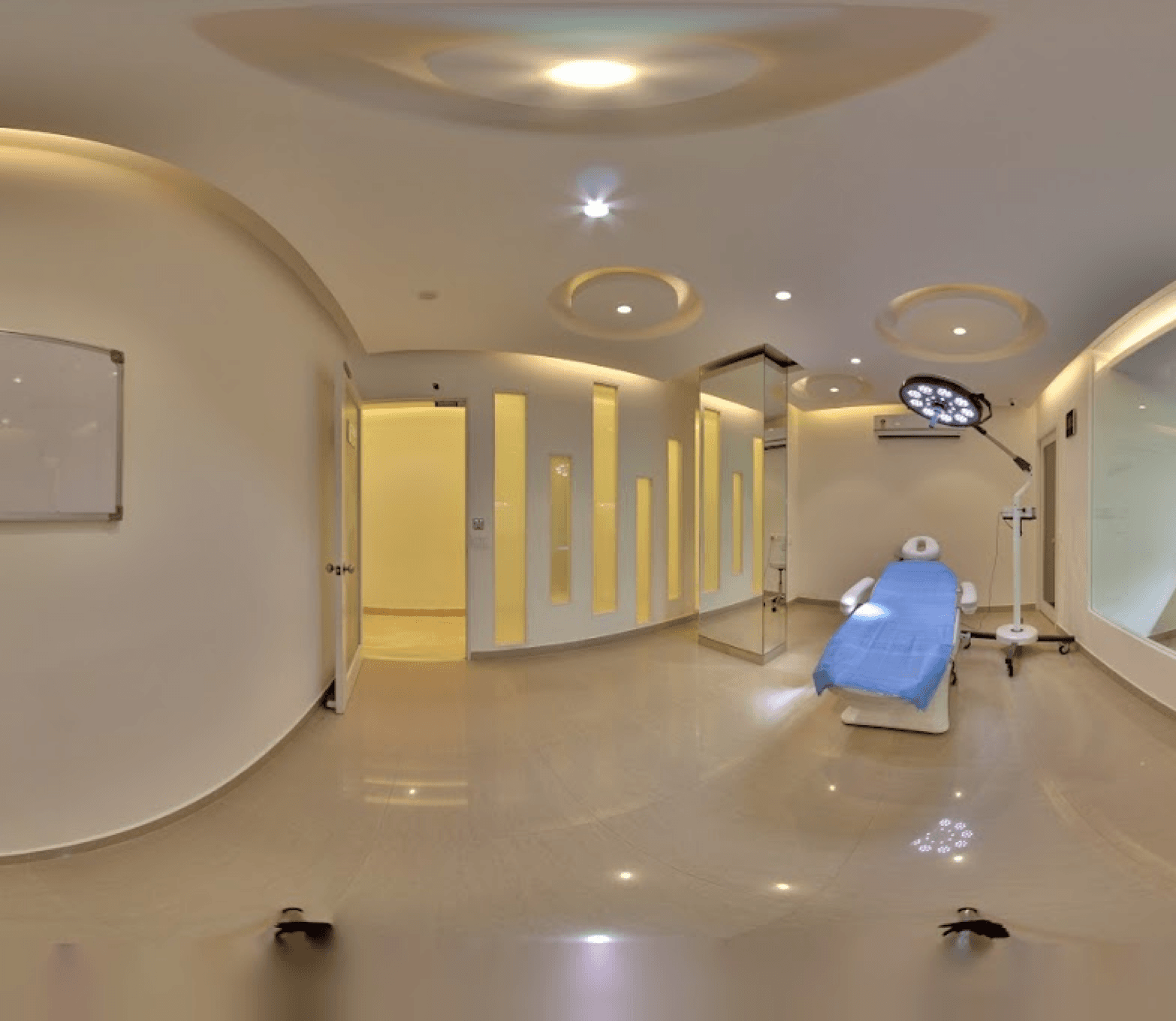FUE Hair Transplant in India
Over the past years, numerous methods of hair transplantation have been introduced, the most preferred being Follicular Unit Extraction or excision. This method is minimally invasive wherein, the grafts are extracted one by one from the donor site by the surgeon. There are no stitches and the operated area appears mostly unchanged within days. Also, the patient can resume back to his regular work in no time. This procedure ensures the graft quality as each grafts is extracted by surgeon himself. There is minimal bleeding and wastage with barely any post-operative discomfort. Indications for FUE Hair Transplant are;
- Patients with androgenetic alopecia who do not want linear scars
- Patients who require greater number of grafts by combining with body hair
- Scarring alopecia patches due to dermatological conditions
- Beard reconstruction
- Female pattern hair loss
- Non-shaven FUE
- When body or beard serves as a donor area.
- Body hair transplantation.
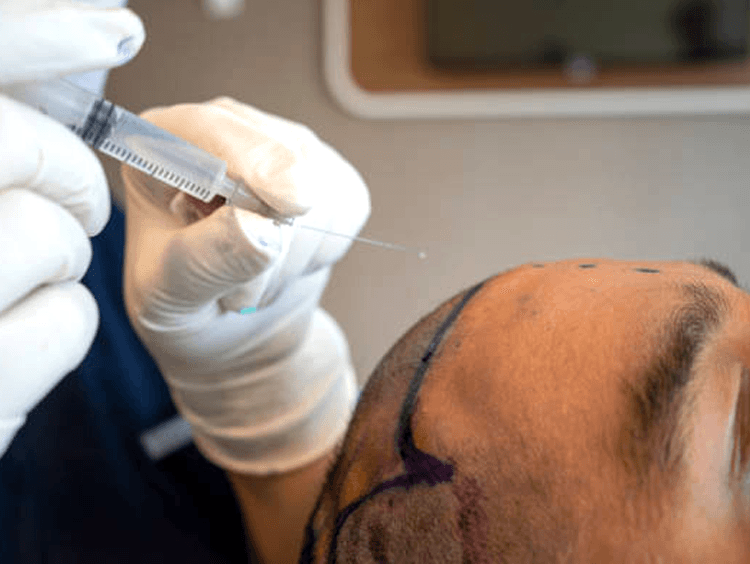
What is FUE Hair Transplant
FUE (Follicular Unit Extraction) is a more sophisticated method. In this method individual grafts are taken out one by one and placed in the bald area. This is the reason there is no linear scar, but just only tiny, inconspicuous dot-like scars. Though unlike the popular myth, FUE is not a scar-less surgery.
Types of FUE Hair Transplant
There are different types of FUE hair transplant techniques, each with its own variations and advancements. Here are some common types:
It is an advanced method of performing FUE where the microsurgical instruments are used for extraction and slit-making under proper magnification. The motorised punch with a diameter less than 0.9mm is used for taking out micrografts which have 1, 2 or 3 hairs along with minimum amount of skin. This technique makes the results aesthetically promising and the scalp heals in 2-3 days.
Undetected/Unshaven FUE is another advanced technique where the hair transplant is performed without cutting the hair in the recipient area. It is most suitable for patients who do not want to cut their hair short, want to keep it discreet and in females as they are not comfortable with the idea of shaving their head. It allows the person to get back to his routine work within 2-3 days. It requires extremely advanced surgeon skill and is generally more expensive than other conventional methods.
It is a patient-oriented customised plan wherein the instruments used for making slits, taking out and placing grafts are chosen according to the patient’s graft length and thickness. It also includes a biotherapy where platelet-rich plasma is obtained from patient’s blood and is used to replenish the transplanted grafts after the surgery. This has scientifically proven to improve graft viability and quality. Hair transplant at AK Clinics is done using our trademarked Bio-FUETM technique which offers excellent results.
Robotic FUE, also known as ARTAS, is a FDA approved robotic hair restoration system where the surgeon-assisted robot is used to remove the grafts from the donor area, design the slits in recipient area according to the thinning areas and then the grafts can be implanted manually or robotically. It is known to have extraction speed of upto 1000 grafts per hour, thus increasing productivity and efficiency. The automated technique helps in preventing any damage to pre-existing hair. It is a costly procedure and still needs to be more standardised.
How does it work?
In follicular unit extraction, the surgeon uses a motor punch nowadays of micrometer size to take out an individual hair follicle unit from the safe donor area of the scalp. The motorised punch makes a very superficial incision around the follicular unit and the surgeon controls its depth advancing it to a point where the follicle is made loose and separated from the surrounding dermis and the hair unit with its root is taken out easily.
This method guarantees good quality grafts as it gives the surgeon the leverage to take out each graft under proper magnification.
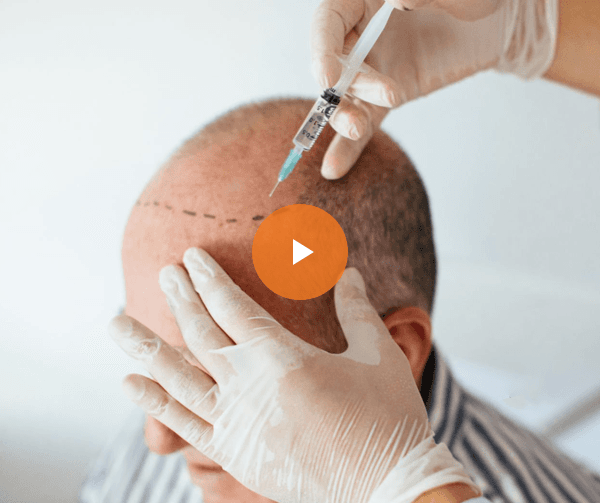
FUE Hair Transplant Advantages
A lot of people are now opting for FUE, as opposed to other forms of hair transplant. Over all these years, It has emerged as the most effective and satisfactory method of having natural looking hair.
- Natural, undetectable results
- Minimally invasive technique
- Virtually painless
- No stitches or linear scars
- Permanent results
- Maximum density possible per session
- High quality graft extraction
- Cherry picking of good grafts possible
- Direction of hair can be customised according the individual choices.
- Dense packing of follicle to give maximum density possible
- Fast recovery with quick healing of donor and recipient area
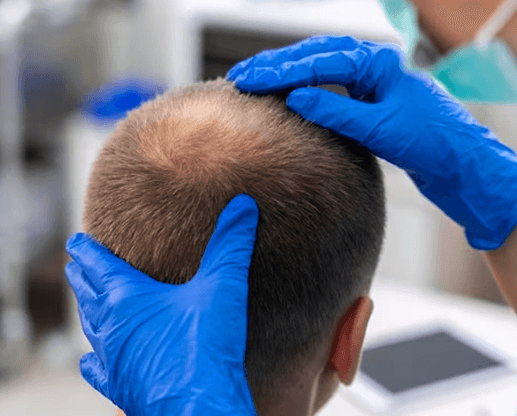
Steps of Surgery
Complications of FUE
General post-operative complications
These complications can occur after any surgical procedure and can be managed with proper post-operative care.
- Post-operative pain – Pain killers like paracetamol for 7 days.
- Oozing – Can be stopped by applying firm pressure with a sterile gauze piece for 5 min.
- Numbness – Occurs rarely but resolves within 2-3 months
- Itching – Anti-histamines for 7 days
- Swelling of forehead – Pressure headband around the head along with
- Intermittent forehead massage for 5-7 days can prevent swelling
- Infection – Oral and topical antibiotics for 7 days.
Complications specific to donor area
Most of it can be avoided with the right technique of taking out hair from the donor area.
- Pin point white scars – Male pattern (MPB) and female pattern baldness (FAGA)
- Post-surgery shedding – Temporary. Can occur after 6 weeks of surgery and resolves within 3-4 months. More common in females.
- Folliculitis – Temporary. Occurs after 2-3 months. Usually sterile and will subside. Warm compresses and topical antibiotic cream can provide relief. If there is pus, then contact your surgeon who will most likely prescribe a course of antibiotics.
- Overharvesting – Permanent. Thinning or patches of baldness may happen if surgeon goes beyond the safe area or takes out large number of grafts. Can be avoided completely by choosing an experienced and skilled surgeon.
Complications specific to recipient area
Complications specific to recipient area can be avoided when transplant is done with the right technique.
- Shock loss – Temporary. Can occur after 6 weeks of surgery and resolves within 3-4 months.
- Cobblestoning – Common when needles are used for making slits. Nowadays, cut-to-size blades are used which has reduced the risk to minimal.
- Poor density – It can be both a subjective and objective problem and can happen because of unrealistic expectations, unsatisfying graft distribution and poor graft survival. A good counselling before the surgery can prevent the chances of any difference in opinion. In practice, graft survival rate has been seen upto 90% and it can be minimised if proper post-operative care is taken. It is always advised to start medical treatment as advised by the surgeon for androgenetic alopecia to maintain the already existing hair after the surgery.
- Poor hairline – It is extremely important to discuss the expectations with your surgeon before the surgery and also know the limitations if any. In case it occurs, hairline reconstruction can be opted for after 9 to 12 months from the previous surgery.

